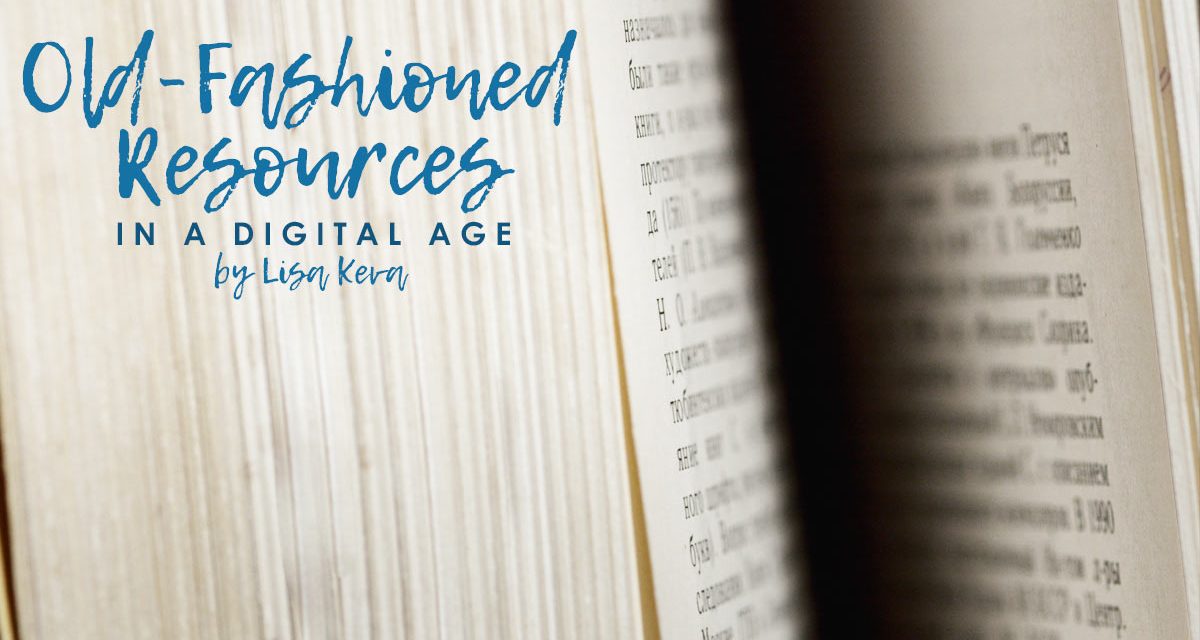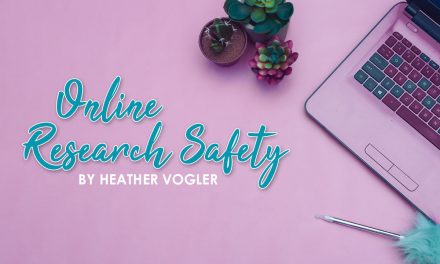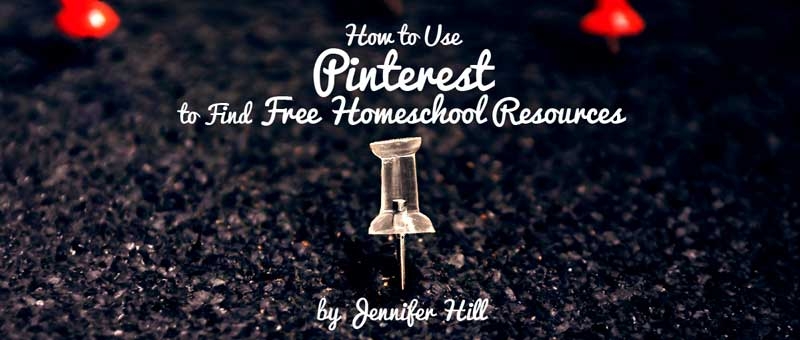Fortunately, people still prefer the old-fashioned print’s simplicity and feel in this day and age of the internet. Who would have thought that the printing of media and the sound of turning pages would be almost a memory?
While the world is at your fingers on the internet, nothing beats the wonderfully tactile experience of holding a physical book in your hands that envelops your senses, engaging them as no virtual knowledge can entirely do. While there’s a place for using Google, there’s something wonderfully fundamental and relaxing in using an old-fashioned book to perpetuate learning.
To help facilitate unplugged learning, I believe a few physical resources are necessary for your homeschool bookshelf and would encourage you to seek out creating your own resource library.
A thesaurus. Learning how to use simple words like “very,” “run,” and “going” with a variety of terms is essential to build writing skills. But why would you use a book when you can Google it? Simple, when you engage more than one sense for learning, you increase retention.
A dictionary. The bigger, the better! Utilizing an old-fashioned dictionary can help younger students with word definition, spelling, and alphabetization. This also implants these words in their memory banks for future reference. Many younger students lack alphabetizing skills due to electronics as the only source in locating definitions.
An encyclopedia set. If you have room for it, these many volume treasures contain a long-forgotten mode of learning. They are great conversation starters for the amount of information at your fingertips and the variety. Since they are generally found for pennies, there isn’t the pressure of keeping them pristine and fingerprint-free. These are also useful for critical thinking. Some of the information within the outdated encyclopedia may have been changed, expanded, or disregarded altogether. While the younger children enjoy the glossy pages and pictures, the older children seem to enjoy digging in and looking for possible errors that were once “common knowledge.”
A general science reference book. You could look up any topic you wish on the internet. But, you might miss an opportunity to follow a rabbit trail along the way. When leafing through a book, children are exposed to topics, ideas, and inventions they may not have thought of before. In turn, this may cause a spontaneous desire to learn more about a new topic while increasing learning. For example, I have a child who would never choose to look up magnetism in a million years. However, after leafing through our general science book to look up the water cycle, she happened upon a section on magnets. She was hooked! Years later, this still is an interest of hers.
A medical dictionary or anatomy book. There’s something truly incredible about learning about the body that I personally believe is done best in book form. From there, any specific interests or questions could then be followed up online. Who knows, you may have a budding healthcare professional in your household that you were unaware of!
A general art history reference book. These are literally life savers! Not being a particularly artistic person myself, our art history reference book has gotten the most use of all our reference books. It’s so easy to pull it out and look up a particular artist or genre of art. The best type of reference book has the major artists for that specific genre containing a brief bio and then sampling their work. Again, while not exhaustive, it’s a great way to taste a time period or artist in a simple enough way to help retain that knowledge. Further interests again could be followed up online. I’ve also used this particular tool in teaching co-op classes, and it fits in exceptionally well, studying history chronologically.
So whatever your space or budget, you can’t go wrong visiting your local used book stores, library sales, and thrift stores in search of reference books for your homeschool learning. These gems will help entertain, educate, and engage your children to think and communicate in ways that online resources cannot.
Check out these resources from Rainbow Resource Center.





